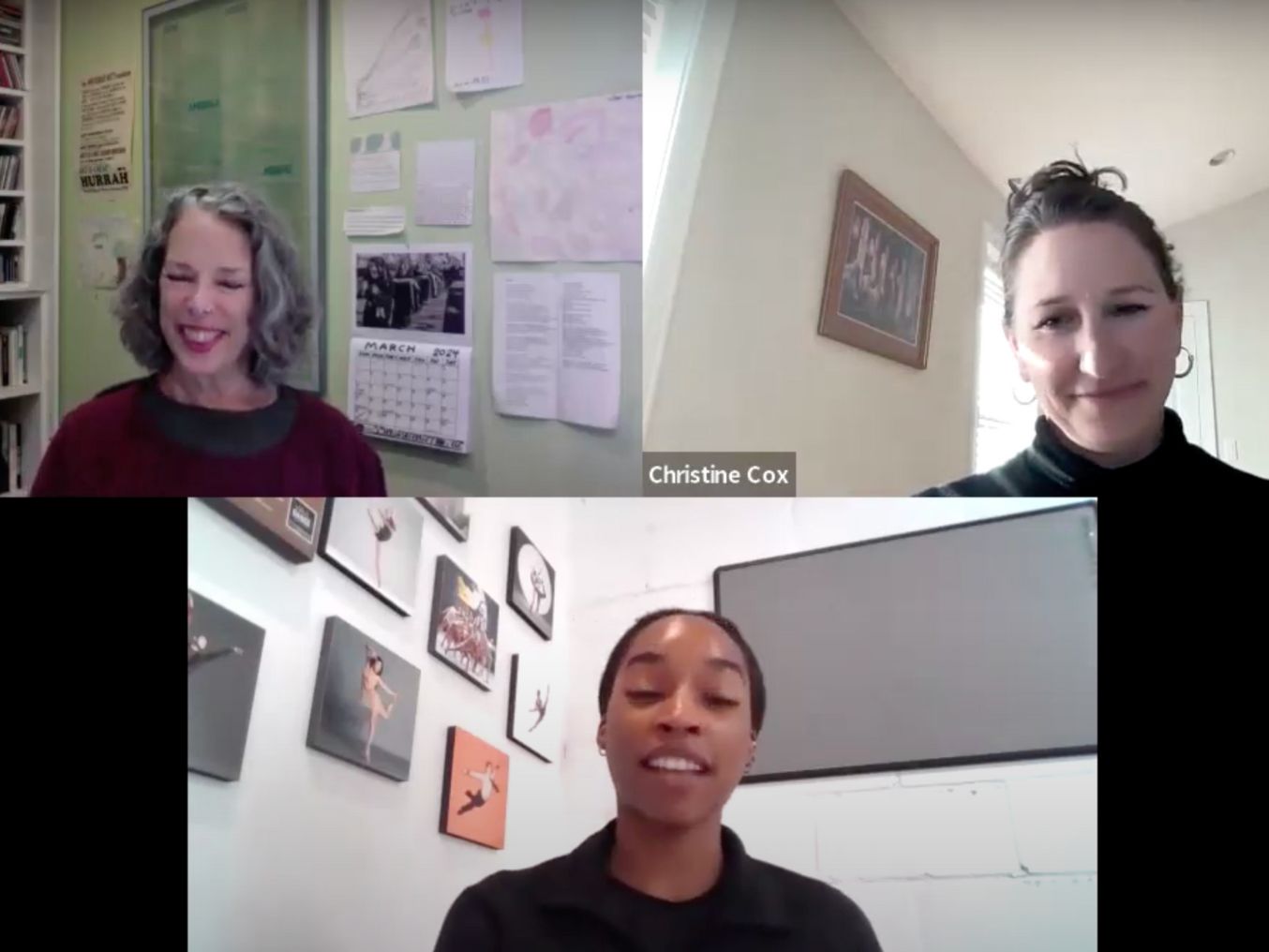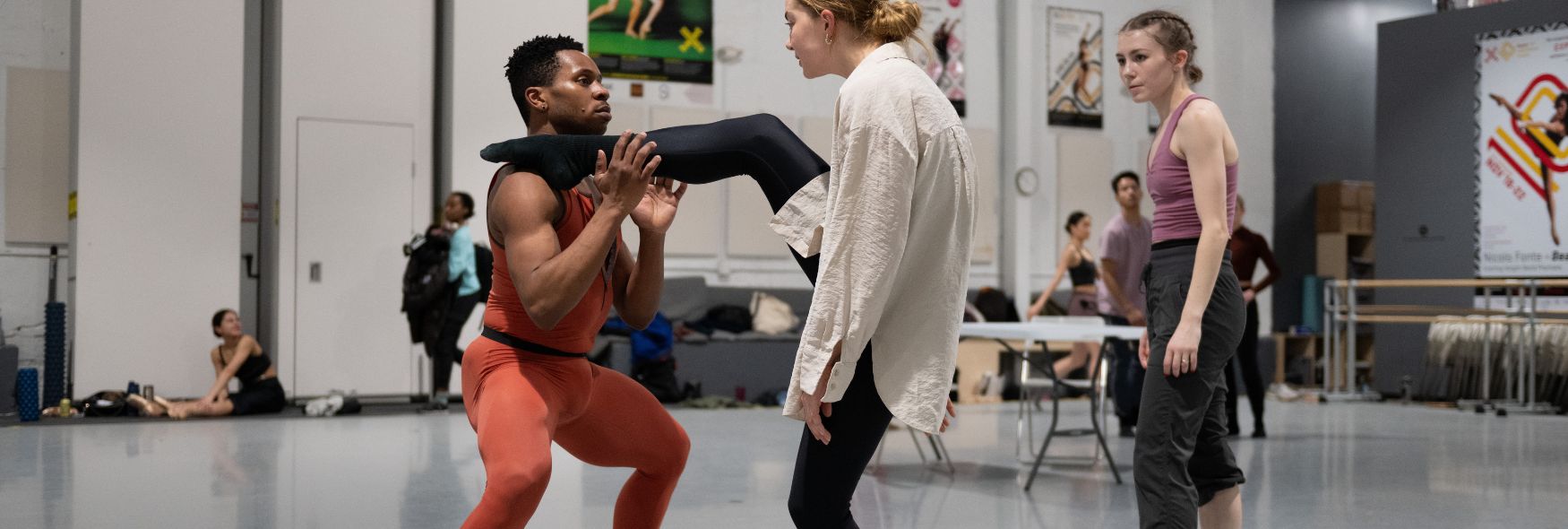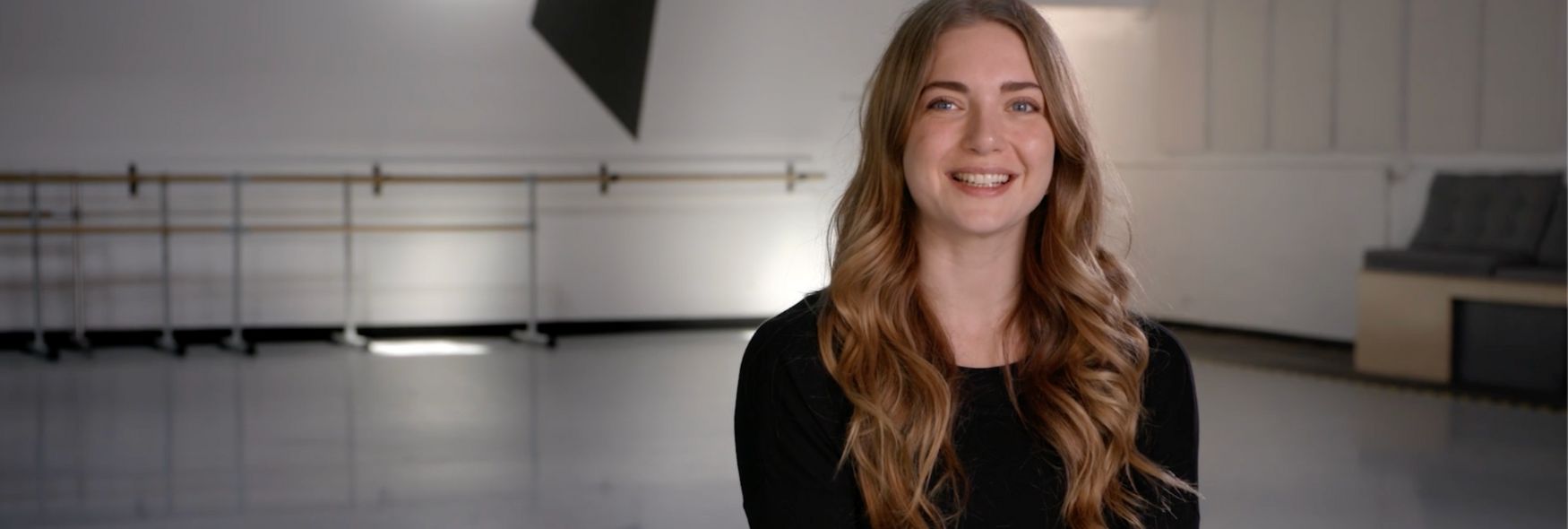This week we were honored to sit down with Beautiful Decay guest dancer Brenda Dixon Gottschild – Professor Emerita of dance studies at Temple University noted for her work as a performer and cultural historian – to discuss her thoughts on the project.
What was your familiarity with BalletX’s work before you joined the cast of Beautiful Decay?
Thanks to my friend and colleague, journalist Lewis Whittington, I’ve attended several recent home seasons of BalletX as his companion. I enjoy much of the repertory and feel the dancers are superb. I am also glad to see dancers of African and Asian lineage in featured roles.
As you prepare for Nicolo Fonte’s arrival, how would you describe the creative process in the BalletX rehearsal studio, so far?
So far, Tara Keating [BalletX, Associate Artistic Director] has been spot on in patiently guiding us through both the mood and the moves of my role in Beautiful Decay. She is gentle yet sure, and she uses scene notes from the choreographer to keep us on the right track.
What do you consider your greatest strength as a dance artist, and how does that strength contribute to an ensemble piece like Beautiful Decay?
This is a tough one: I wish you’d ask someone else to evaluate me! In any case: as a dancer never previously hired for my seniority to share the stage in contrast to a much younger cast, I truly hope that my greatest strength – my warmth and generosity as a dancing human being – will contribute to the overall embrace of this gorgeous work.
Performers often describe an almost magical and ethereal quality to being on stage in front of an audience. What makes performing so special?
As Bill T. Jones once put it, the performer becomes the “proxy” for everyone in the audience. The dancing body embodies specific aspects of what it means to be human, and that means to let the body speak as profoundly as words, but through different means and layers of experience. Performing reifies our humanity.
Nicolo Fonte’s ’Beautiful Decay’ seems to be open to many interpretations, but what do you think the choreographer is trying to express with this piece?
As my husband, Hellmut Gottschild, has famously said, “We don’t want to give the word the last word,” meaning that it’s not really important to say in words what Fonte has so deftly expressed in movement. As I have said in one of my lectures, “dance is a language that is illegible in literal translation.” The clues that Fonte gives in his title are enough: beautiful, and decay.
Tell us a little something about yourself that the audience might be surprised to know?
I’m a writer/researcher/cultural scholar/talking head – a self-described anti-racist, cultural worker, using dance as my lens and measure of society.
There’s a Voltaire quote: “Let us read and let us dance; these two amusements will never do any harm to the world.” Do you have anything to add to that quote?
This, from a purse-sized catch-all gifted me: dance, as though no one is watching you; love as thought you have never been hurt before; sing as though no one can hear you; live as though heave in on earth. Wise advice, all!
Photo by Hellmut Gottschild


